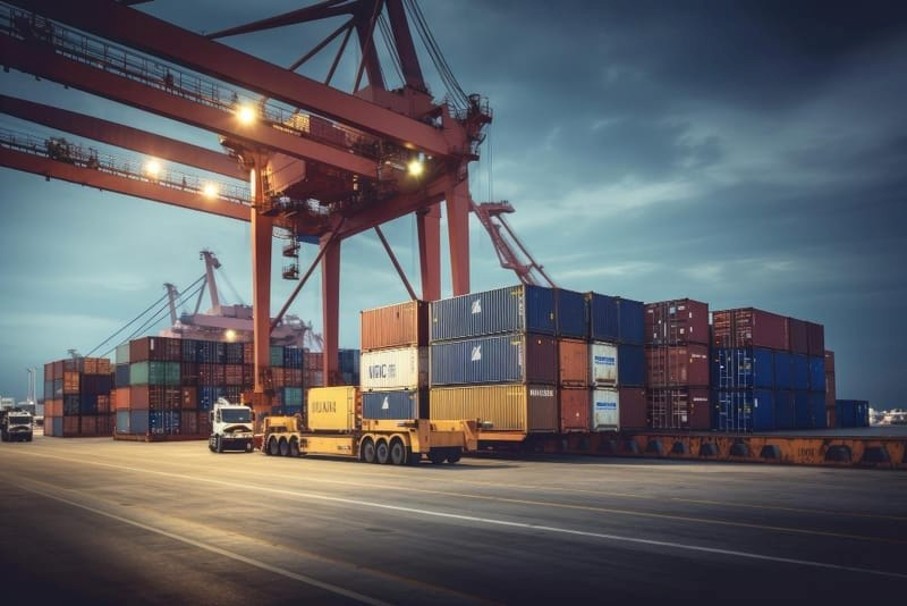Government/Policy
October 9, 2023
US and EU to Discuss 'Global Arrangement' for Steel and Aluminum
Written by Becca Moczygemba
The US and European Union will continue trade talks on Friday, Oct. 20, according to a statement from the European Council.
President Joe Biden will host Charles Michel, president of the European Council, and Ursula von der Leyen, president of the European Commission, at the White House for a US-EU Summit.
Background
The original Section 232 tariffs that went into effect in March 2018 applied 25% and 10% tariffs, respectively, on specific steel and aluminum imports.
In October 2021, the EU and US met and released a joint statement. The goal: “to re-establish historical transatlantic trade flows in steel and aluminum, and to strengthen their partnership.”
The 2021 arrangement replaced the original tariffs with a tariff rate quota (TRQ) system.
“In a demonstration of renewed trust, and reflecting long-standing security and supply chain ties, the United States will not apply section 232 duties and will allow duty-free importation steel and aluminum from the EU at a historical-based volume and the EU will suspend related tariffs on US products,” the statement said. However, the two sides agreed to continue discussions and conclude them within two years.
Why It Matters
The two sides have a self-imposed Oct. 31 deadline. If they fail to reach an agreement by the deadline, the parties could reimpose tariffs on each other’s goods. And increased tariffs could mean increased prices for US citizens.
“There’s a lot of agreement on both the carbon intensity issue and the excess capacity issue,” Kevin Dempsey, president and CEO of the American Iron and Steel Institute (AISI), told SMU.
Dempsey highlighted that one of the challenges is having both parties, who do things differently, come to an agreement. “Hopefully we’ll make some progress here in the next few weeks,” said the AISI president.
“We hope these discussions will build a framework for continued dialogue toward a meaningful agreement that remains ambitious, particularly in the areas of non-market excess capacity and lowering carbon emissions,” said Philip K. Bell, president of the Steel Manufacturer’s Association, in an email to SMU.
While progress on Oct. 20 is possible, Dempsey says the US is awaiting data from the International Trade Commission. However, the data will not be available until January 2025. “The data will be used to calculate carbon emissions intensity for domestic steel and aluminum production,” Dempsey said.







